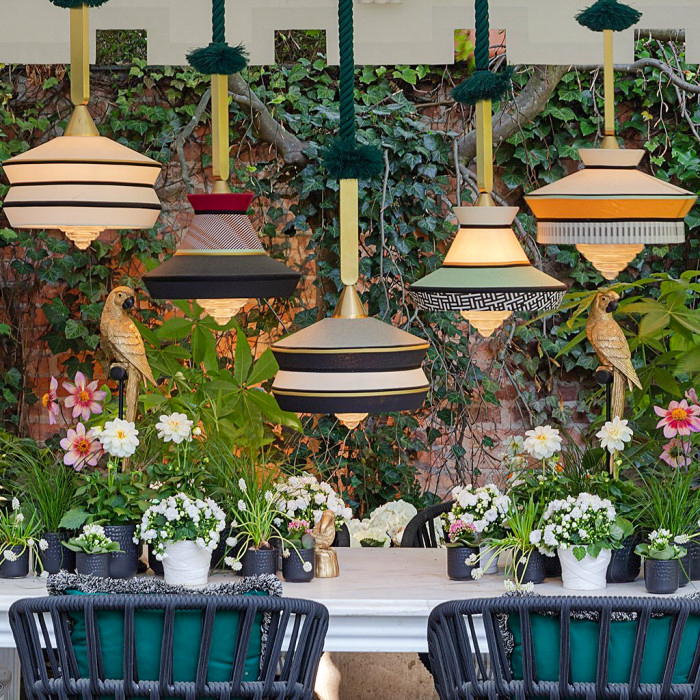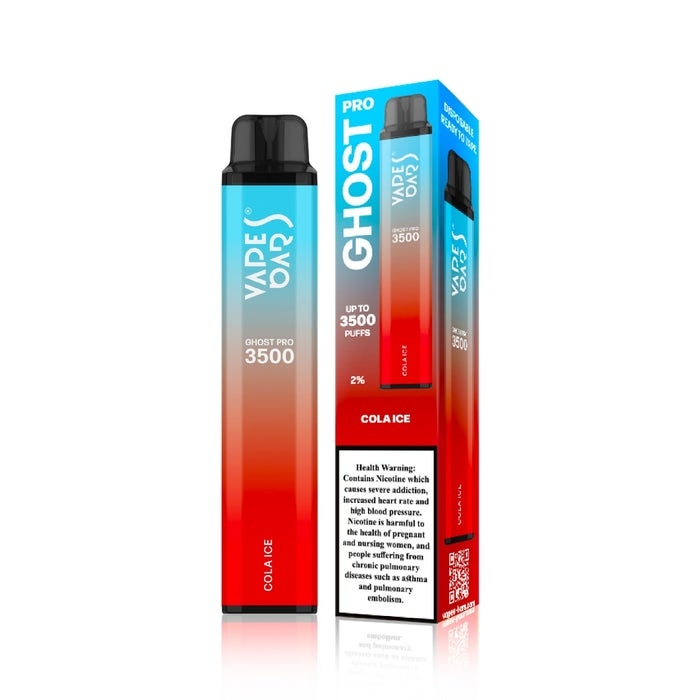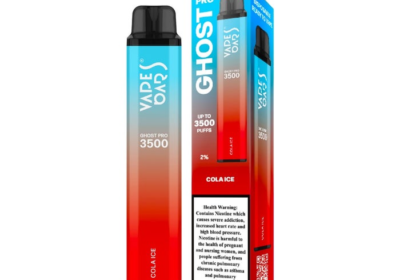
The Different Types Of Materials Used In Outdoor Furniture Manufacturing
Outdoor furniture serves as a bridge between nature and comfort, providing a space to relax and unwind in the open air. The materials used in manufacturing outdoor furniture UAE play a crucial role in determining its durability, aesthetic appeal, and ability to withstand the elements.
Teak:
Teak is a prized hardwood renowned for its exceptional durability and natural resistance to decay and insects. Often used in the construction of outdoor furniture, teak develops a beautiful silver-gray patina over time when exposed to the elements. Its strength and weather-resistant properties make it a popular choice for high-quality and long-lasting outdoor pieces.
Aluminum:
Aluminum is a lightweight and corrosion-resistant metal commonly used in modern outdoor furniture design. Its versatility allows for intricate designs, and powder-coated finishes provide additional protection against rust. Aluminum furniture is easy to maintain, making it an excellent choice for contemporary and sleek outdoor spaces.
Wicker/Rattan:
Wicker and rattan, whether natural or synthetic, contribute to a classic and timeless aesthetic in outdoor furniture. Natural wicker requires more maintenance and is suitable for covered areas, while synthetic options, made from materials like resin, withstand exposure to the elements. Wicker and rattan add a touch of warmth and texture to outdoor settings.
Steel and iron:
Steel and wrought iron are robust materials frequently used in crafting durable outdoor furniture. These metals are known for their strength and ability to withstand various weather conditions. To prevent rust, outdoor furniture made from steel or iron is typically coated with protective finishes.
Plastic/resin:
Plastic and resin outdoor furniture has gained popularity for its affordability, lightweight nature, and low-maintenance requirements. These materials come in a variety of colors and styles, making them versatile choices for various design preferences. Modern advancements in resin technology enhance durability and weather resistance.
Cedar:
Cedar is softwood often used in outdoor furniture construction. Its natural oils provide resistance to decay, insects, and fungal growth. Cedar furniture has a distinctive fragrance and a warm, natural appearance. Regular sealing or staining helps maintain its color and integrity.
Acacia:
Acacia wood is another hardwood commonly employed in outdoor furniture manufacturing. Known for its durability and water-resistant properties, acacia furniture can withstand exposure to the elements. Regular sealing or oiling enhances its longevity and preserves its rich, natural color.







